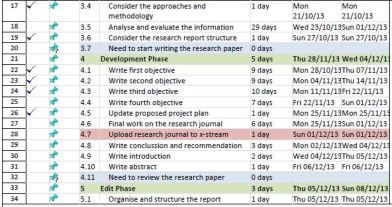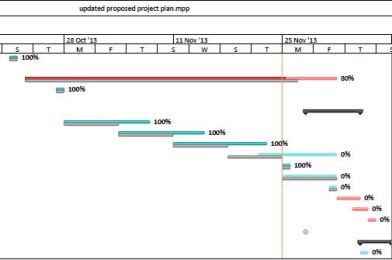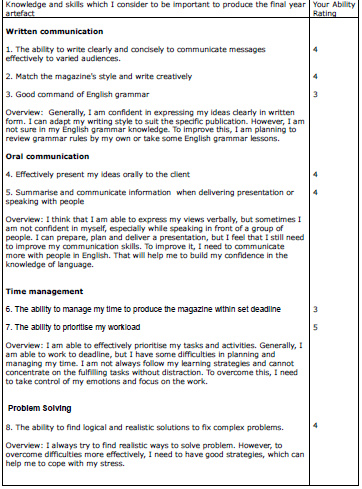About 3/5 of my research report is done and now it is a high time to think about other important parts of the report. By knowing the rules of how to write conclusion or introduction it will be much more easier to formulate my thoughts. Due to the fact that we were spoken about the structure of the research report quite a long time ago I have refreshed my knowledge using secondary sources from the Internet.
Abstract
For my report it is required to write and abstract that should not exceed 120 words. An abstract is a one-paragraph summary of the most important elements of the paper. Generally speaking, an abstract is an overview of everything that is written in research paper. It should be short, clear and straightforward. It needs to provide the main points of the paper. There are two types of abstracts. Abstracts can be informative and descriptive.
Descriptive abstract explains the purpose, goal, and methods of the research paper but there is no results or conclusions sections. This abstract is typically only 100-200 words and is written before the paper.
Informative abstract gives an overview of everything in the research including the results. It states the purpose, methods, findings and results. It is logically to write the informative abstract after the rest of the paper is completed. The length of the informative abstract is often more than 250 words.
The essential content of abstract can be following:
Motivation: background, context of the paper, importance of work, impact, what makes the problem interesting and relevant?
Problem Statement: purpose of the study, aim of research, what is the specific problem? (hypothesis, overall question).
Approach: how the report is done, briefly summaries focus and methods, how are the objectives achieved?
Result: provide quantitative results, what are the main findings and results of the work
Conclusions: state the answer to the question, what are implications of the results?
Introduction
The introduction to a research paper can be the most challenging part to write, that is why it is better to write introduction in the end, when the rest parts of the research report are done. The introduction should begin with the opening paragraph including a few sentences containing supporting information about the topic (background information). It should give the reader an idea of what issue will be discussed in the report. The structure of the “inverted pyramid” is suitable here. That means that research paper should start with some general information on he main subject and become more narrow and specific later.
The introduction should contain all the major points of the paper. An effective introduction to a research paper needs to have a clear and tightly focused thesis statement. This thesis statement should present an argument about the research paper topic and it should be a statement that can be supported by the evidence that are going to be presented in the research paper. The aim and objective should be introduced and briefly discussed, explained and justified with a thorough introduction to the main tasks, problems and difficulties. There should be also a few words about the methodology ( its choice and evaluation). By reading the introduction of the report, the reader must know what to expect from the paper. Well-written introductions set the tone for the paper, catch the reader’s interest, and communicate the hypothesis or thesis statement.
Conclusion
Conclusion of the research paper is the chance to have the last word on the subject. The conclusion allows to have the final statement on the issues that are raised in the paper. Conclusion needs to summarise the content and purpose of the paper without presenting any new information to the reader. It also demonstrates the paper’s findings and generalise their importance. As a part of the conclusion there should be a critical evaluation of the extent to which each objective is met.
The role of conclusion:
Summarize the main points that are made in the introduction and review of the literature.
Briefly review and evaluate the research methods
Repeat (in abbreviated form) the research findings.
Discuss the broader implications of those findings.
Mention the limitations of your research (due to its scope or its weaknesses).
Offer suggestions for future research.
After conducting a small research on the structure of the report it became clearer of what to write about. The structure is very important for any academic piece of work. To make it easy for readers to follow a thesis development, everything should be organized in a highly logical manner.








